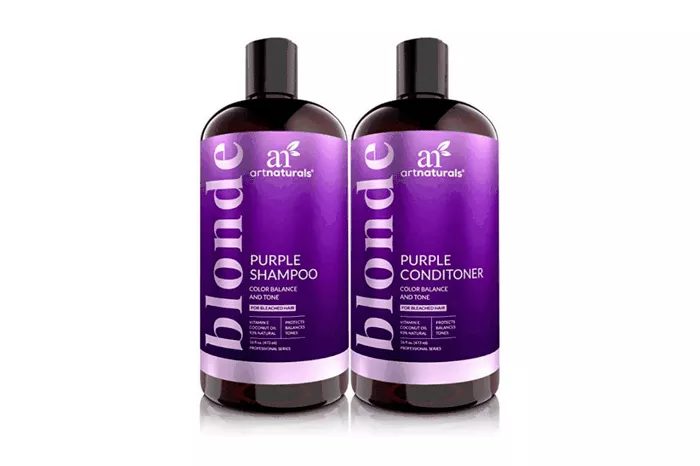In the captivating realm of TikTok, where dance challenges and lip-syncs reign supreme, an unexpected treasure trove of beauty wisdom has taken center stage. This intriguing platform has become a hub for professionals, creators, and enthusiasts to exchange invaluable insights and well-guarded beauty secrets. Among these, the phenomenon of double shampooing has emerged as a fascinating topic of discussion, capturing the attention of many. The hashtag #DoubleShampooing, boasting a staggering 1.7 million views, attests to the widespread interest in this technique, which, though not entirely novel, is gaining momentum due to its perceived potential in enhancing both scalp and hair health.
Decoding Double Shampooing
The practice of double shampooing is as straightforward as its name suggests: a process involving the application of shampoo twice in a single wash, offering a deeper and more thorough cleansing experience. According to experts like Reavey, the initial shampooing step aims to eliminate surface impurities and product residue, while the second round delves deeper, delivering a comprehensive cleanse. This technique, embraced to varying degrees by the beauty community, is heralded as a solution for individuals grappling with styling product build-up or oily hair concerns.
Esteemed stylist Kim Kimble concurs, emphasizing that the dual shampooing approach can indeed confer benefits to both hair and scalp. Kimble explicates that this method effectively rids the hair of accumulated product and oil, effectively providing a reset for the strands. For those facing specific scalp issues such as dandruff or excessive oiliness, the double shampooing strategy might offer newfound clarity. The first wash establishes the groundwork, preparing the hair and scalp for a thorough cleansing during the subsequent application.
Weighing the Pros and Cons
While the double shampooing technique is endorsed by Reavey and Kimble, they also acknowledge its potential pitfalls. Reavey cautions against the risks associated with certain shampoos, particularly those containing harmful ingredients or elevated levels of protein. In such cases, excessive or double cleansing could lead to unintended consequences. The excessive removal of natural oils, resulting in dryness and irritation, is a concern especially when using shampoos laden with sulfates. Moreover, an abundance of protein can render hair brittle and stiff. The success of double shampooing lies significantly in the selection of appropriate products.
Kimble echoes these concerns, advising restraint for individuals with dry, damaged, or chemically treated hair. Over-shampooing, she warns, could exacerbate existing hair fragility. Her counsel extends to using sulfate-free, moisturizing, and hydrating shampoos while adopting the double shampooing approach.
Customizing the Technique
Reavey’s expertise underscores the notion that hair is anything but uniform; thus, the double shampooing method should not be treated as a one-size-fits-all solution. Tailoring the technique to diverse hair requirements is paramount. For those with oily hair or persistent product accumulation, Reavey suggests a clarifying shampoo followed by a hydrating one to restore moisture without stripping the hair.
A variation tailored for those contending with sensitivity or dandruff involves employing a soothing shampoo initially, followed by a balancing shampoo to address concerns like excessive oiliness or dryness.
Post-double shampooing, diligent conditioning assumes significance, particularly to restore moisture and facilitate manageability. Reavey advocates a targeted approach, concentrating conditioner or a hydrating mask on the lengths and tips of the hair while focusing shampoo primarily on the scalp.
The Impact on Different Hair Types
Reavey champions the idea that shampooing primarily pertains to the scalp rather than the hair itself. She encourages focusing shampoo application on the roots while applying conditioner from the mid-length to the ends, especially for those worried about hair fragility.
Kimble adds nuance to the equation, affirming that the suitability of double shampooing hinges on factors like hair type, lifestyle, and scalp condition. Thicker, denser, or coarser hair types that are prone to build-up might benefit from this method, whereas individuals with thin, dry hair might find it less suited.
In Closing
Reavey’s insights emphasize the potential benefits of double shampooing, provided it’s executed thoughtfully. However, as with any beauty regimen, individual variability persists. The guiding principle remains understanding one’s hair, selecting products wisely, and exercising gentleness in practice. Kimble’s advice aligns, urging attentiveness to hair needs and the use of high-quality ingredients. As trends ebb and flow, what remains constant is the art of discerning and catering to one’s unique hair journey.


